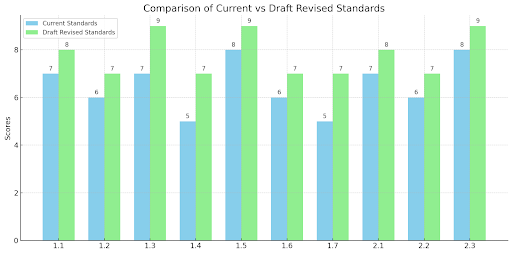


I Agree To Licence Agreement



Sukh has been working in the VET and Higher Education Industry for over 25 years. In this time, he has held several roles with RTO's and Higher Education Providers (HEP) including CEO roles for International Colleges and National Compliance and Quality Assurance Manager roles for several RTO's, TAFE's and Universities. Sukh has also worked for the Australian Skills Quality Authority (ASQA) as a Business Systems Project Official. Sukh is a Canadian permanent resident and Australian citizen.
Sukh has had extensive project management experience in risk management, compliance, administration and as a training consultant. He has extensive knowledge in government compliance standards and has participated in nearly one hundred audits across Australia and provided consultancy advice regarding ASQA/VRQA, TEQSA, ACPET, DET-HESG, VQF/Higher Education, ELICOS, NEAS, ANMAC, AHPRA, CRICOS, ESOS and ISO.
Sukh is a member of several independent professional organisations and government bodies including, ACPET, VELG, ACS, AITD, MARA, MIA, ISANA, APEX, IEEE, The Internet Society (Global Member), AISIP, IAMOT, ACM, OISV, APACALL, IWA, Eta Kappa Nu, EDSIG and several others.
Sukh's qualifications include two MBAs, three masters in IT and systems, a Graduate diploma of management learning, Diploma in training design and development, Diploma in vocational education training, Diploma of work, health and safety, Diploma of Quality Auditing, Advanced diploma of management, Advanced diploma in marketing, human resources, information technology, and a number of other courses and qualifications. He has been working as a lecturer and as a trainer and assessor since 1998, Sukh has been a vocal advocate of audit reforms and system centred auditing practices rather than auditor centred auditing practices for many years.